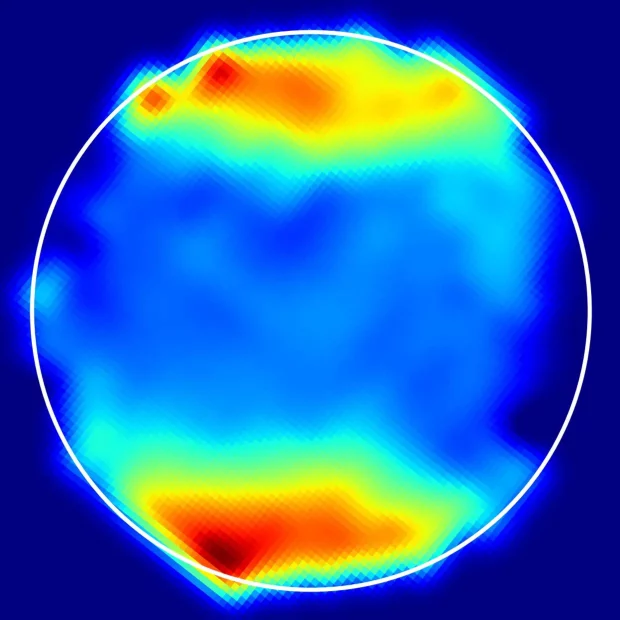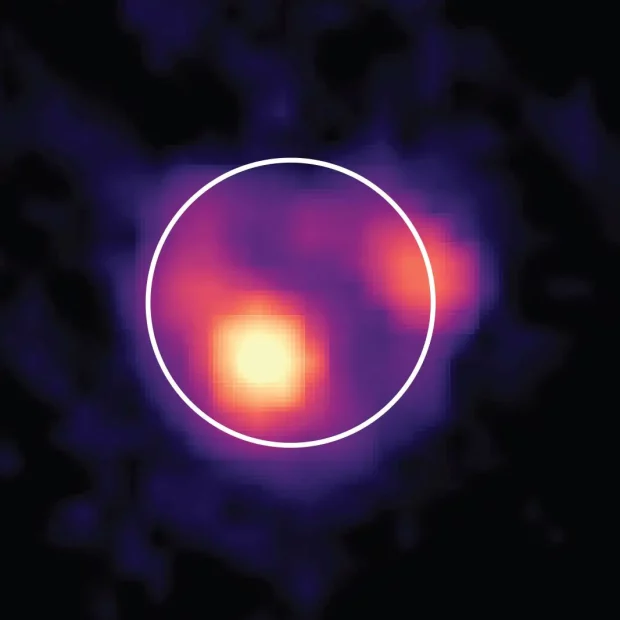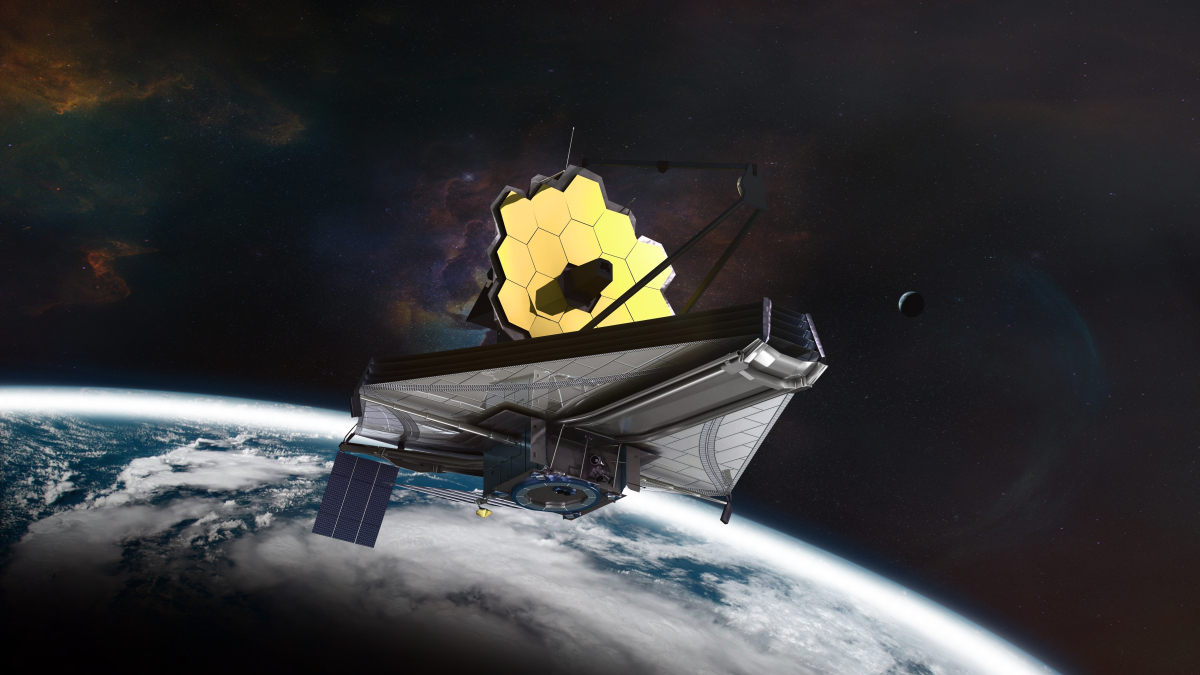NASA’s James Webb Space Telescope (JWST) can be used to study stars and galaxies millions of light-years away. Recently, the James Webb telescope was able to identify the farthest known star in the entire universe. However, objects within our solar system can also be observed. That’s what a team of astronomers from the University of California, Berkeley, and the Paris Observatory did – with impressive results.
Jupiter’s moons Ganymede and Io have been targeted as part of JWST’s early launch science program. It is part of the total of 79 moons orbiting Jupiter according to current knowledge. Ganymede and Io were discovered by Galileo Galilei in 1610 and can already be seen with small binoculars.
Thanks to its sensitive infrared cameras and precise spectrometers, the James Webb Telescope has now been able to provide detailed images of Jupiter’s two moons. In two separate studies, astronomers from the JWST program report that they have detected hydrogen peroxide on Ganymede and ongoing volcanic eruptions on Io–findings that improve our understanding of Jupiter’s moons and the entire solar system.
Editor’s recommendations
Samantha Trumbo of Cornell University Ganymede study. According to her, evidence of hydrogen peroxide was found at the north and south poles of the moon. This indicates that charged particles from Jupiter and Ganymede’s magnetic field collide with the moon’s surface ice and trigger a chemical reaction that produces hydrogen peroxide (H2O2). This process is called radioactive decay and is caused by Ganymede’s unique magnetic field.
“JWST’s discovery of hydrogen peroxide at Ganymede’s electrodes shows for the first time that charged particles alter the surface chemistry of the electrodes,” Trumbo said.

The Ganymede spectral map shows levels of hydrogen peroxide at the moon’s north and south poles. (Photo: Samantha Trumbo and Cornell)
Second study It focuses on Io, the most volcanically active body in the solar system. According to Imke de Pater, a professor at the University of California, sulfur monoxide emissions have been observed during continuous eruptions at the Loki Patera and Kanehekili Fluctus volcanoes. The eruption at Kanehekili Fluctus was exceptionally bright.
It is also the first time that sulfur monoxide emissions have been observed over an active volcano. Io is the only moon in the solar system with active volcanoes, which makes these observations particularly important.

JWST infrared image of Io shows two ongoing volcanic eruptions. (Photo: Imke de Pater, UC Berkeley)
Studies confirm the capabilities of the James Webb Telescope. Capable of capturing both bright objects like Jupiter itself and fainter objects around it, it visualizes the composition and dynamics of Jupiter’s moons in a way that has never been seen before.
16 breathtaking photos of Earth from space

“Social media evangelist. Baconaholic. Devoted reader. Twitter scholar. Avid coffee trailblazer.”









More Stories
Longest jets in the universe discovered – giant particle streams as long as 140 Milky Way galaxies in a row
New method reveals 307 supernova remnants
Snapchat is upping the ante on augmented reality glasses